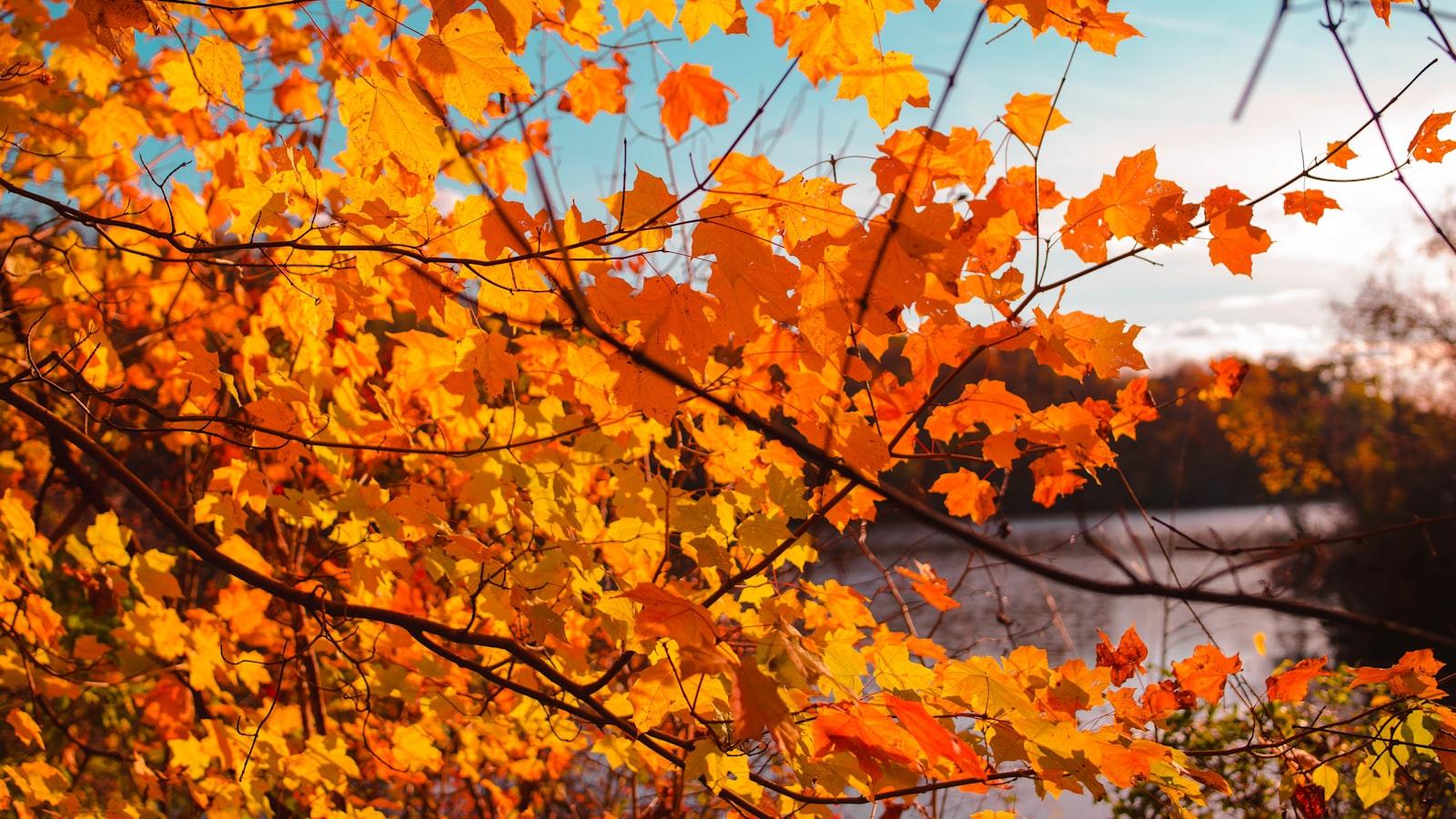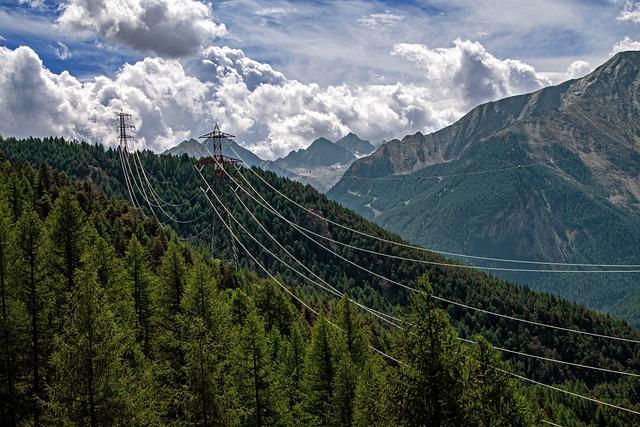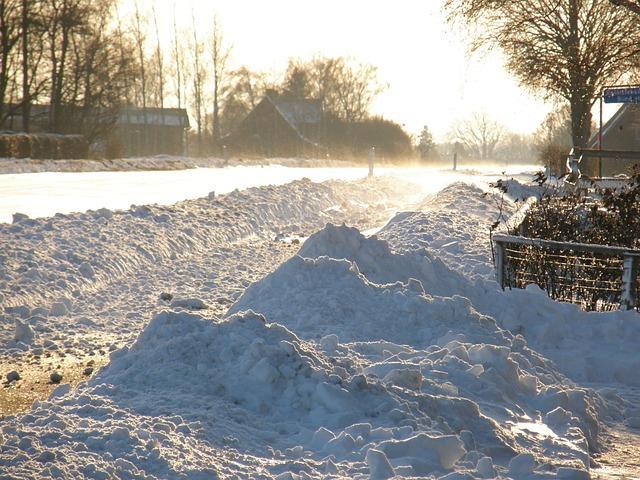Trees are a vital component of our ecosystem, providing us with clean air, shade, and beauty. Unfortunately, just like any living organism, trees can become infected with diseases that threaten not only their own health, but also the health of surrounding trees and plants. In order to prevent the spread of tree diseases and protect the overall health of our natural environment, tree removal for disease control is a necessary and important practice. In this article, we will explore the reasons for tree removal in cases of disease, the signs to look out for, and the best practices for effectively managing diseased trees.
Table of Contents
- Why Tree Removal is Necessary for Disease Control
- Identifying Diseased Trees for Removal
- Proper Tree Removal Techniques for Disease Control
- Preventing the Spread of Disease Post-Tree Removal
- Working with Professionals for Effective Tree Removal
- Ensuring Safety During the Tree Removal Process
- Q&A
- Conclusion
Why Tree Removal is Necessary for Disease Control
Disease control is a crucial aspect of maintaining the health and vitality of trees in any landscape. Tree removal may be necessary to prevent the spread of diseases that can harm other trees in the vicinity. By removing infected trees promptly, you can mitigate the risk of further contamination and preserve the overall well-being of your greenery.
There are several reasons why tree removal is essential for disease control:
- Prevent Spread: Infected trees can easily transmit diseases to neighboring trees through various means such as pests, wind, or water. Removing the diseased tree can help contain the spread and protect the rest of the trees from getting sick.
- Eradicate the Source: Removing the infected tree eliminates the source of the disease, preventing it from persisting in the environment and infecting other healthy trees.
- Promote Health: By removing diseased trees, you create space for new, healthy growth and improve the overall health and aesthetics of your landscape.
Identifying Diseased Trees for Removal
When it comes to maintaining a healthy and vibrant landscape, identifying and removing diseased trees is crucial for disease control and prevention. Diseased trees not only pose a risk to surrounding vegetation but also to the safety of people and property. By taking proactive measures to identify and remove diseased trees, you can help protect the overall health and well-being of your outdoor environment.
There are several key signs to look out for when determining if a tree is diseased and in need of removal:
- Dead branches or canopy: Dead branches or a sparse canopy can be indicative of a diseased tree.
- Bark damage: Look for cracks, peeling bark, or signs of infestation on the tree’s bark.
- Fungal growth: Mushrooms growing at the base of the tree or on the trunk can be a sign of internal decay.
| Type of Disease | Common Symptoms |
|---|---|
| Fungal Infections | Presence of mushrooms, cankers, or fruiting bodies. |
| Bacterial Infections | Oozing sap, wilting leaves, or abnormal growths. |
Proper Tree Removal Techniques for Disease Control
To properly remove a tree for disease control, it is essential to follow the right techniques to prevent further spread of the disease to other nearby trees. Here are some key steps to consider when removing a tree affected by disease:
1. **Identify the Disease**: Before removing the tree, it is crucial to accurately diagnose the disease affecting it. This will help determine the appropriate removal technique and prevent the spread of the disease to other healthy trees in the vicinity.
2. **Use Proper Tools and Equipment**: Ensure you have the necessary tools and equipment to safely and effectively remove the tree. Tools such as chainsaws, ropes, harnesses, and wood chippers may be needed depending on the size and location of the tree.
3. **Dispose of Debris Properly**: After removing the tree, it is important to dispose of the debris properly to prevent the disease from spreading further. Consider chipping the branches and trunk, or hauling the debris to a designated disposal site to ensure containment of the disease.
By following these , you can effectively manage the spread of disease and protect the health of other trees in the surrounding area.
Preventing the Spread of Disease Post-Tree Removal
After the successful removal of a diseased tree from your property, it is crucial to take the necessary steps to prevent the spread of disease to other trees and plants. By following these guidelines, you can help protect your landscape from further infection:
- Sanitize Tools: Clean all tools used during the tree removal process to prevent spreading disease-causing pathogens. Use a mixture of bleach and water to disinfect tools thoroughly.
- Monitor Surrounding Trees: Keep an eye on nearby trees for any signs of disease that may have spread from the removed tree. Early detection is key to preventing further infections.
- Plant Disease-Resistant Trees: Consider replacing the removed tree with a species that is resistant to common tree diseases in your area. This can help prevent future outbreaks.
| Preventive Measures | Importance |
|---|---|
| Pruning infected branches | Remove potential sources of disease |
| Proper disposal of infected wood | Prevent further spread of pathogens |
Working with Professionals for Effective Tree Removal
When it comes to tree removal for disease control, hiring professionals is essential to ensure the job is done effectively and safely. Tree diseases can spread quickly and have a detrimental impact on other trees in the area if not properly handled.
Working with certified arborists or tree removal experts can help in effectively identifying diseased trees and implementing the necessary removal procedures. Their expertise and knowledge allow them to assess the situation, determine the best course of action, and execute the removal process with precision.
By enlisting the help of professionals, you can prevent the spread of disease to other trees, maintain the overall health of your landscape, and ensure the safety of nearby structures and individuals. When it comes to tree removal for disease control, it is always best to leave it to the experts.
Ensuring Safety During the Tree Removal Process
Before starting the tree removal process for disease control, it is crucial to prioritize safety measures to prevent accidents and injuries. Here are some important tips to ensure safety during tree removal:
- Assess the Surrounding Area: Before cutting down a tree, make sure to check for obstacles such as power lines, buildings, and other trees that could pose a risk.
- Wear Protective Gear: Always wear appropriate safety gear including helmets, gloves, and eye protection to protect yourself from falling debris.
- Use the Right Tools: Make sure to use sharp and well-maintained tools to make the tree removal process more efficient and safe.
By following these safety precautions, you can ensure a successful tree removal process for disease control while keeping yourself and others around you safe.
Q&A
Q: Why is tree removal necessary for disease control?
A: Tree removal is necessary to prevent the spread of disease to other trees in the area. Infected trees can easily pass on the disease to healthy trees if they are not removed promptly.
Q: What are some common signs of disease in trees?
A: Common signs of disease in trees include wilting leaves, discoloration, defoliation, and abnormal growth patterns. If you notice any of these symptoms in your trees, it is important to have them inspected by a professional.
Q: How can I prevent tree diseases in the first place?
A: To prevent tree diseases, it is important to maintain proper tree care practices such as watering, fertilizing, and pruning on a regular basis. Additionally, monitoring your trees for any signs of disease and promptly addressing any issues can help prevent the spread of disease.
Q: Are there any alternatives to tree removal for disease control?
A: In some cases, pruning infected branches or applying fungicides can help control the spread of disease without having to remove the entire tree. However, if the disease has spread extensively throughout the tree, removal may be the best option.
Q: How can I ensure that tree removal for disease control is done safely and effectively?
A: It is important to hire a professional tree removal service that is experienced in dealing with diseased trees. They will have the proper equipment and expertise to safely and effectively remove the tree without causing any damage to surrounding trees or property.
Conclusion
In conclusion, tree removal for disease control is an important management strategy to prevent the spread of harmful pathogens and protect the health of surrounding trees and ecosystems. By identifying and removing diseased trees in a timely manner, we can minimize the impact of diseases and maintain the vitality of our forests and urban landscapes. It is essential to consult with qualified arborists and follow proper procedures to ensure the safe and effective removal of diseased trees. Remember, proactive measures can ultimately help preserve the health and longevity of our trees for future generations to enjoy. Thank you for reading.
Simpsons Tree Services, Servicing Melbourne’s North Eastern Suburbs
Book a quote online at www.simpsonstrees.com.au




